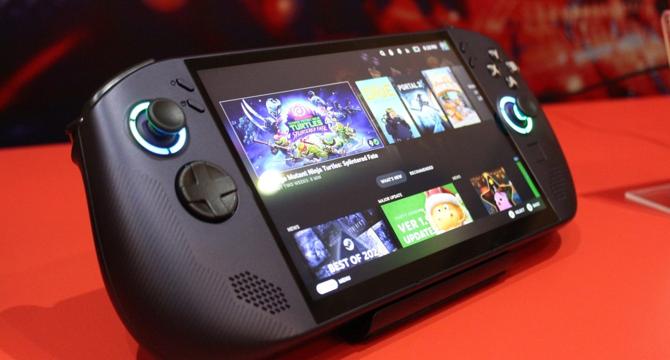Digitaltrends
1M
90

Image Credit: Digitaltrends
The stars are aligning for a perfect PC handheld — but one thing’s missing
- The world of handheld gaming PCs is currently dominated by AMD with its semi-custom designs such as the new Ryzen Z2 range, while Intel is slowly making its way into this area with devices like the MSI Claw 8 AI+.
- However, Nvidia is absent from the conversation even though they have features and hardware that fit the ethos of handhelds perfectly, with special features like DLSS.
- FSR and XeSS are solid alternatives to DLSS, but DLSS’ AI-assisted upscaling and frame generation still take the cake when it comes to overall quality and performance.
- DLSS would help improve performance on handhelds with limited access to computing power, and it could also improve battery life.
- Despite being the center of much criticism, Nvidia still maintains a market share above 80% for desktop graphics cards and make a good product.
- SteamOS has matured to the point that it’s almost seamless to use, Bazzite is trying to close the gap, and DLSS has some very practical applications in handheld gaming PCs.
- However, Nvidia's closed-source driver for Linux has been a big roadblock for launching Nvidia handhelds packing SteamOS.
- Valve has a dedicated team of engineers working with Nvidia to improve driver support, but they warn the experience with SteamOS and Nvidia hardware wouldn’t be great.
- Nvidia’s Linux support is still not where it should be compared to AMD and Intel, so it hasn’t built hardware for a Linux-based gaming handheld.
- Opportunities for SteamOS or even forks such as Bazite to provide console-like gaming experiences to any PC hinges on proper Linux support from Nvidia.
Read Full Article
5 Likes
For uninterrupted reading, download the app